The trip to the Unesco World Heritage-listed monastery perched on this forbidding pinnacle in the Atlantic is a highlight of the Skellig Ring. This little-driven circular road trip is an offshoot of the far better-known Ring of Kerry; it's the perfect route for travellers who want to see some of the west's quirkier attractions. Better yet, there's not a tour bus in sight.
And so, a place that once represented the frontier of Christendom – and an extreme of devotion – now attracts secular pilgrims exploring this dramatic, history-littered region.
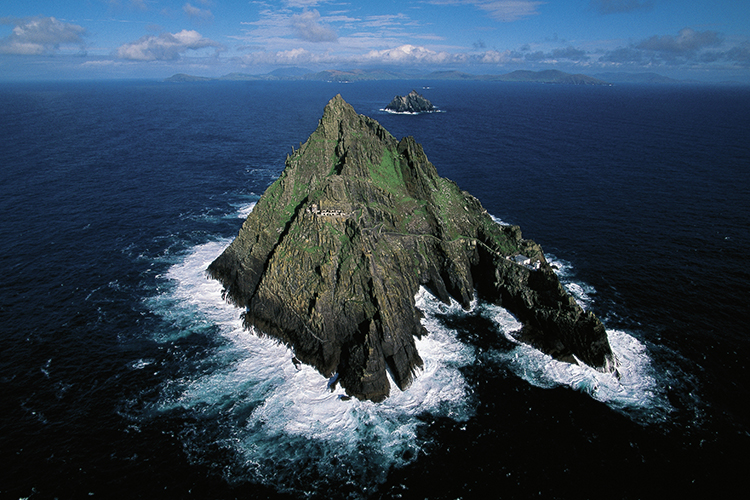
The monks who landed at Skellig Michael as early as the 6th century rowed 11.6km from the tip of the Iveragh Peninsula, which juts out from County Kerry, in southwest Ireland – a fact that's hard to fathom for a modern-day passenger on a motorized boat rocking back and forth in the roiling sea.
Boats run from May to September, but the weather causes frequent cancellations; even on a clear day, the 45-minute crossing can be rough (which equals thrilling if you’re not prone to seasickness). Quell your stomach with this thought: it took five hours to row it.
After disembarking at a choppy cove, visitors have about two hours to climb the 600 vertigo-inducing steps that spiral up the rock toward the terraces of the monastery. The complex includes a church, a graveyard, two oratories, walled gardens and half-a-dozen beehive-shaped cells.
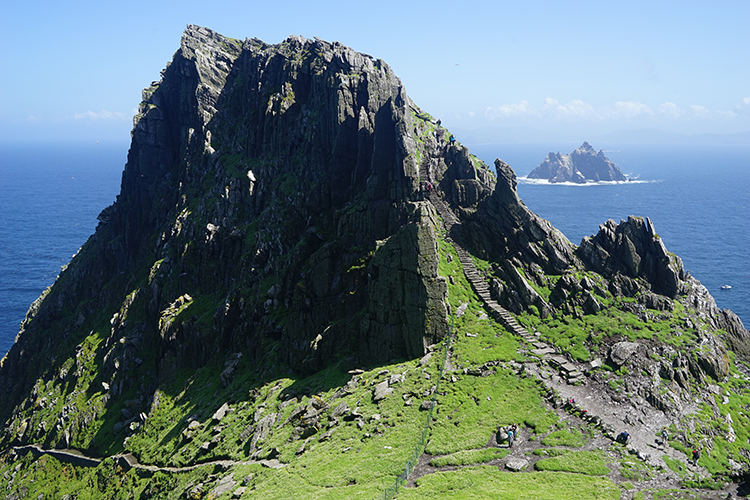
Circled by screaming gulls, it’s a true end-of-the-world location – the ‘edge of the abyss’, as a guide put it, for those soul-searching settlers, who survived on a diet of boiled puffin, among other caught and home-grown foods.
In the 12th century, a prolonged spell of cold, stormy weather, together with changes in the structure of the Irish church, forced the monks to leave Skellig Michael to the birds; the island and its twin, Little Skellig, are two of Ireland’s most important sites for breeding seabirds.
While the larger island harbours several species (puffins, fulmars, kittiwakes, guillemots, and more), Little Skellig wins on spectacle: the world’s second-largest colony of gannets calls it home. Boats circle this raucous, guano-splattered rock on the return journey.
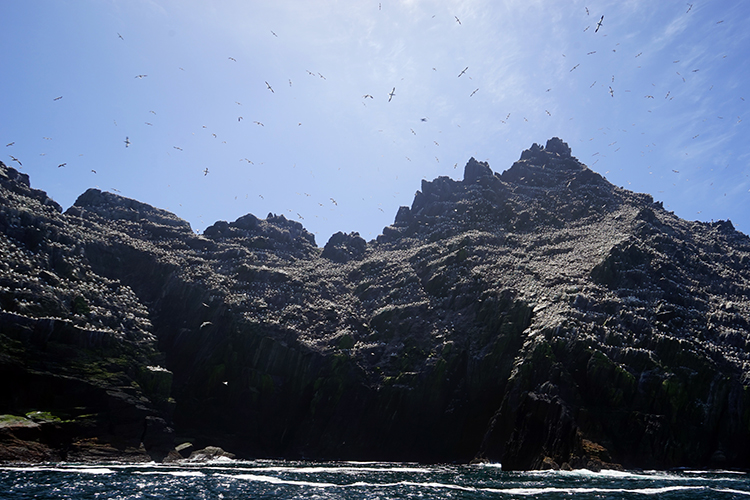
The monks relocated to a priory on the mainland at Ballinskelligs; overlooking a broad bay, these ruins are just one of many fascinating stops on the Skellig Ring, an 18km detour from the Ring of Kerry.
You won’t get trapped behind a tour bus in this Gaeltacht (Irish-speaking) region, which crams in stirring landscapes, ancient sites and modern-day history, villages that look as if they’re auditioning for the front of a postcard, and a pair of Blue Flag beaches for good measure.
Travelling anti-clockwise, the ring starts near Caherciveen, which has a claim to fame as the birthplace of the great Daniel O’Connell, ‘The Liberator’ of 19th-century Irish politics. (Strictly speaking, he was born nearby at Carhan, where you can see the ruins of his humble origin.)
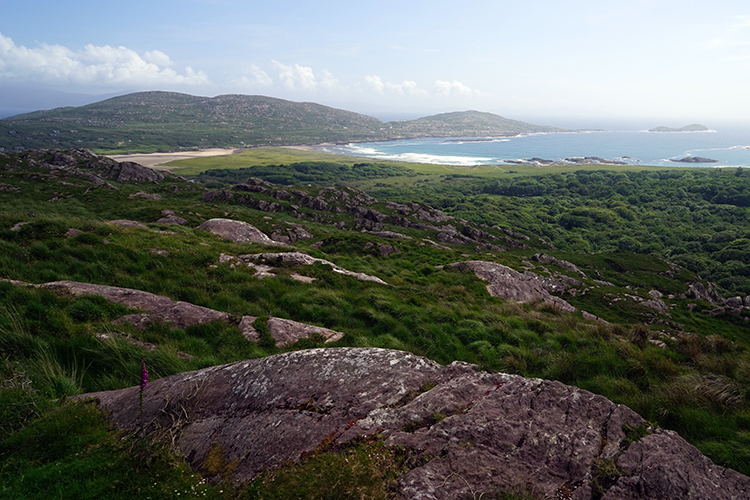
Valentia Island – reached via a ferry west of Caherciveen (March to October), or a bridge at Portmagee – is an add-on to the Skellig Ring, but how could you miss out a place that combines epoch-making moments from 385-odd million years ago and the second half of the 19th century?
The first is the ‘Tetrapod Trackway’, the fossilised prints of a metre-long amphibian (picture a newt-crocodile cross) that shuffled from the sea during the Devonian period, leaving behind evidence of a key moment in the evolution of life on Earth: the colonization of the land. Of the world’s four Devonian trackways, this is the longest – find it down a path near the island’s well-signposted Radio Station.
Evolution had come a long way by 1858, when the Anglo American Cable Company switched on the world’s first transatlantic telegraph cable here, connecting Ireland (and Europe) to North America. You can still see some of the white-painted cable station buildings near Knightstown, the island’s main settlement, or visit the memorial commemorating the feat on top of Foilhomerrum Cliff.
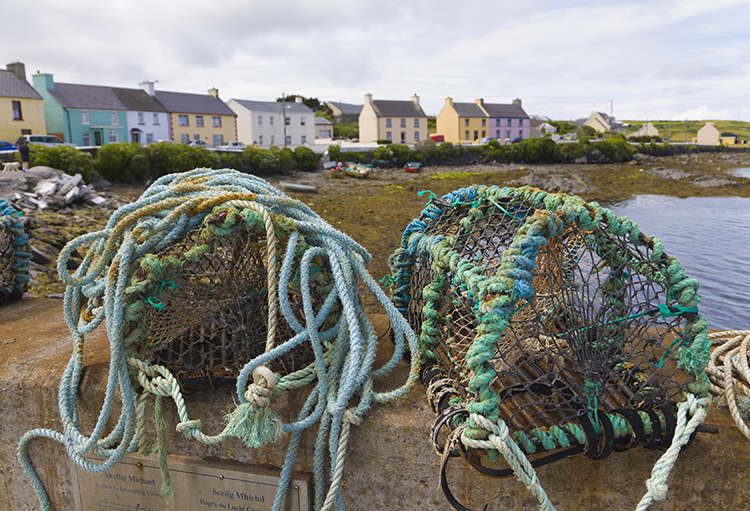
Valentia Island is home to the Skellig Experience , a visitor centre containing exhibits on the monks, Skellig Michael’s lighthouses (it has two, one in use), and the bird and marine life. Between April and September, the centre organises its own trips to the islands, but the boats cruise around them rather than land.
Those wanting to scale the rock can catch one of the private boats leaving from Portmagee, which lies just across the bridge from Valentia Island. Portmagee is little more than a single street and a harbour, but it’s a convenient place to stay if you’re making the Skelligs pilgrimage – try the Moorings, a comfortable B&B with a good restaurant and cosy bar . You can also catch boats from Ballinskelligs and Caherdaniel. The trip costs about €60 and you’re advised to book ahead.
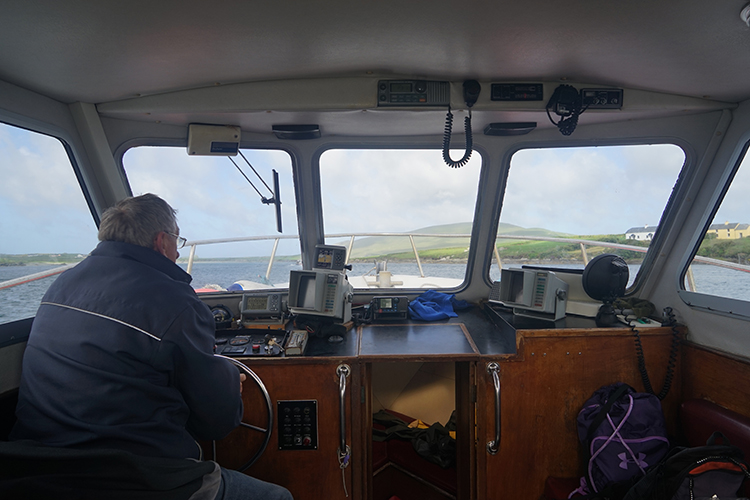
South of Portmagee the ring road rises steeply to the Coomanaspig Pass (if the weather is clear, fans of cliffs should look for a turn halfway up the hill that leads to a family-run viewpoint overlooking a 300m drop into the furious Atlantic – kerrycliffs.com).
The route winds down the other side of the pass to St Finian’s Bay. The Glen, as this area is known, has a smattering of ancient sites, a small sandy cove, and the Skelligs Chocolate factory just inland . Don’t miss this Willy Wonka-esque premises, which offers free tastings (the chocolate is scrumptious).
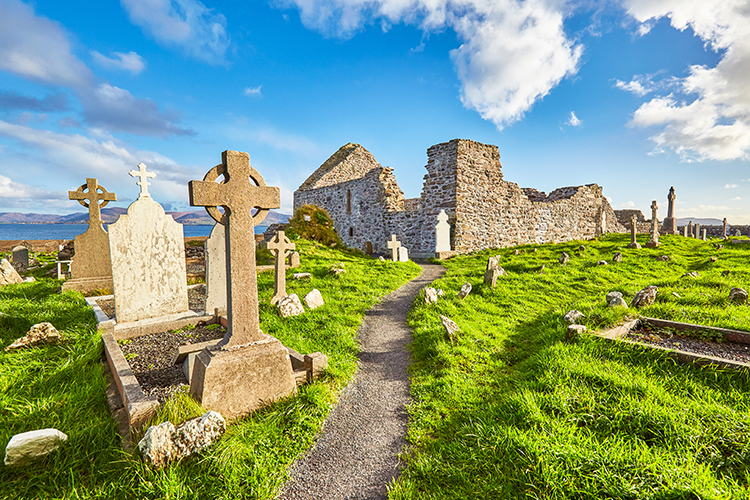
Further south lies Ballinskelligs. Apart from the priory, the village has another ruin worth a look – salt-ravaged McCarthy Castle, which lies at the end of Ballinskelligs’ Blue Flag beach. It was built in the 16th century to ward off pirates and extract a tariff from incoming vessels; these days, it is crumbling picturesquely into the sea – a backdrop for a brooding selfie, should you so desire.
The last stop on the Skellig Ring before the route loops back toward Caherciveen is Waterville. Improbably, Charlie Chaplin was a regular visitor here, hence the bronze of the great man on the waterfront. Chaplin isn’t the only Hollywood idol to have visited Waterville either: the golf links has hosted Catherine Zeta Jones and Michael Douglas among others, as well as top players like Tiger Woods. Another attraction is Lough Currane, a salmon and trout lake that lures fishermen from around the world.

At this point, most visitors continue south on the N70, rejoining the main Ring of Kerry, the longest – and perhaps most spectacular – of Ireland’s circular drives. The immediate highlight is the scenery around Derrynane Bay, but the entire 179km circuit repeats, on a yet grander scale, the hallmarks of the Skellig Ring: beaches, ruins, mountains, loughs, and more.
Travellers with time to spare can see far more of Ireland’s coastline by extending their drive to the north and south along the Wild Atlantic Way . This 2,500km route stretches all the way from County Donegal to County Cork. It’s well signposted throughout, allowing visitors to pick from a plethora of attractions as they plot a perfect trip to the wild side of the Emerald Isle.
James Kay travelled to County Kerry with support from Tourism Ireland (ireland.com). Lonely Planet contributors do not accept freebies in exchange for positive coverage.